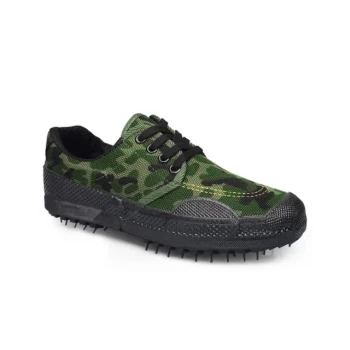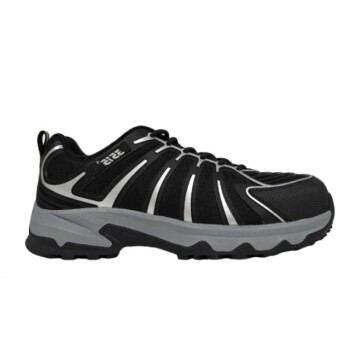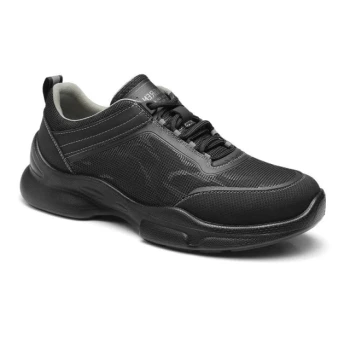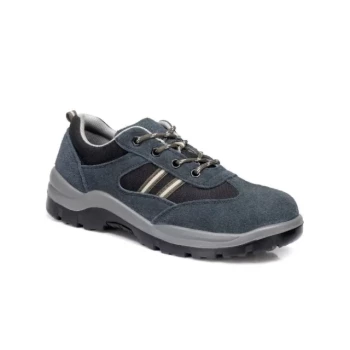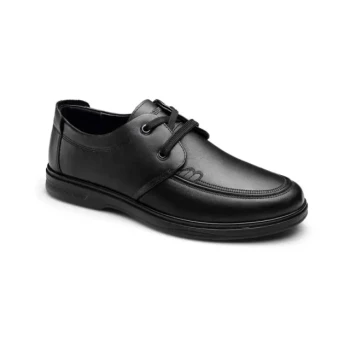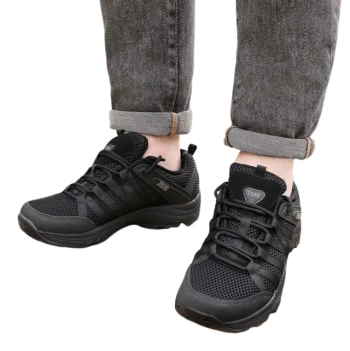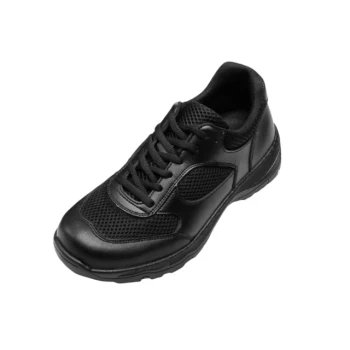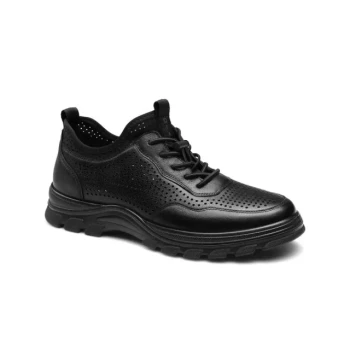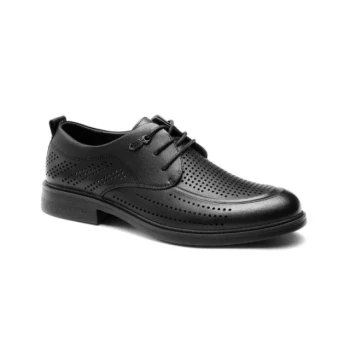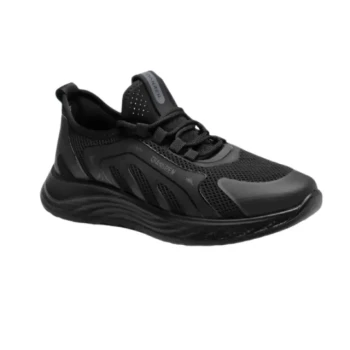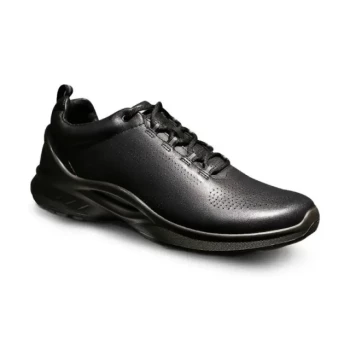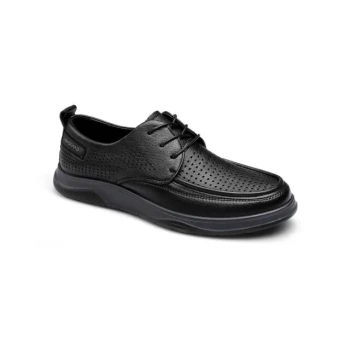The fundamental reason to size up your hiking shoes is to accommodate the natural swelling that occurs in your feet during a long hike. Over several hours of walking, increased blood flow and fluid retention can cause your feet to expand significantly, and a shoe that felt perfect at the start can become painfully restrictive.
The core principle isn't just to buy a bigger shoe, but to create space for inevitable foot swelling. A proper fit ensures ample room in the toe box to prevent bruised toenails and blisters, without allowing your heel to slip and chafe.
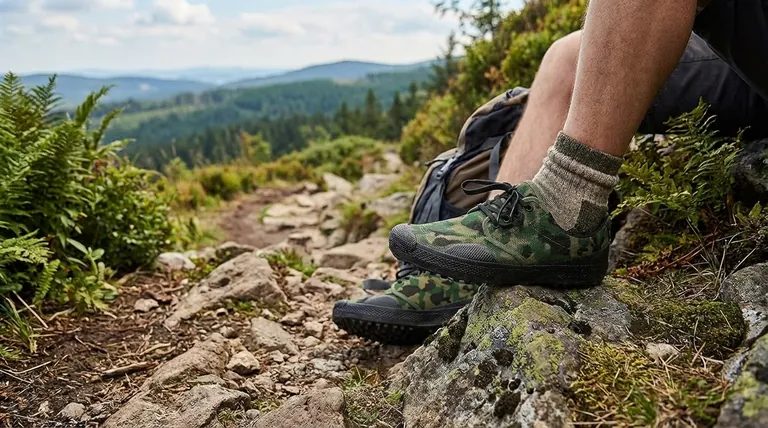
The Mechanics of a Proper Hiking Fit
To prevent pain and injury on the trail, you must understand how your foot functions inside a shoe over many miles. Sizing is the most critical component of this system.
Why Your Feet Swell
During sustained physical activity like hiking, your body pumps more blood to your working muscles, including those in your feet. This, combined with gravity and the impact of walking, causes fluid to pool and your feet to increase in both length and width.
The "Rule of Thumb" for Sizing
The industry standard is to choose a hiking shoe that is a half or full size larger than your typical street shoe. A reliable test is to ensure you have a thumb's width of space (about a half-inch) between your longest toe and the end of the shoe's insole.
Beyond Length: Volume and Width
A proper fit isn't just about length. The shoe must have enough internal volume to accommodate your foot's shape without creating pressure points or hot spots, especially as it swells.
The Critical Heel Lock
While you need space in the front of the shoe, your heel must remain securely locked in place. A loose heel will slide up and down with each step, creating friction that is the primary cause of painful blisters. Sizing up correctly provides toe room while the shoe's lacing system secures your midfoot and heel.
Matching the Shoe to the Hike
The right size is only half the equation. The right type of footwear is dictated by your objective, the terrain, and the weight you are carrying.
For Day Hikes and Groomed Trails
Lighter hiking shoes are ideal for these scenarios. They offer flexibility, breathability, and require little to no break-in period, making them comfortable right out of the box for hikes with a light pack.
For Multi-Day Treks and Rough Terrain
Longer routes with heavier backpacks demand more substantial footwear. Sturdier hiking boots provide better ankle support, more rigid soles to protect from sharp rocks, and often feature waterproof membranes for wet conditions.
The Impact of Pack Weight
The heavier your backpack, the more support your feet and ankles require. A light daypack pairs well with a flexible hiking shoe, but a 40-pound pack necessitates the rigid structure of a true hiking boot to prevent fatigue and injury.
Understanding the Trade-offs
Choosing between a lightweight hiking shoe and a sturdy boot involves balancing competing priorities. Your decision directly impacts your comfort and performance.
Agility vs. Protection
Hiking shoes are lighter and more flexible, allowing for better balance and a more natural stride. This reduces fatigue on long days.
Hiking boots are more rigid and offer superior ankle support and underfoot protection. This is critical when navigating unpredictable terrain or carrying a heavy load.
Breathability vs. Waterproofing
Lighter footwear is often more breathable, which is a significant advantage in hot, dry conditions. Heavier boots are more likely to be waterproof, which is essential for wet or muddy trails but can feel warm and lead to sweaty feet.
The Risk of an Incorrect Fit
The consequences of a poor fit go beyond simple discomfort. Blisters can become debilitating, and bruised toenails from repeated impact can take months to heal. An ill-fitting shoe is the single fastest way to ruin a hike.
How to Ensure the Perfect Fit
Use these guidelines to select the right footwear for your specific goals.
- If your primary focus is fast day hiking on maintained trails: A lightweight hiking shoe, sized up a half-size with a thumb's width of toe room, is your ideal choice.
- If your primary focus is multi-day backpacking with a heavy pack: A sturdy, high-cut hiking boot, sized up a half to a full size, is necessary for support and protection.
- If your primary focus is avoiding blisters above all else: Prioritize a secure heel lock while ensuring ample toe space, and always try on shoes in the afternoon (when feet are largest) with the exact socks you will wear hiking.
Ultimately, a well-fitted shoe becomes an extension of your foot, empowering you to focus on the trail ahead.
Summary Table:
| Factor | Recommendation | Key Benefit |
|---|---|---|
| Sizing Rule | Half to full size larger than street shoes | Accommodates foot swelling |
| Toe Room | Thumb's width of space | Prevents bruised toenails |
| Heel Lock | Secure fit with no slippage | Reduces blister risk |
| Hike Type | Light shoe for day hikes; boot for heavy packs | Matches support to terrain |
Ready to find the perfect fit for your next adventure?
As a large-scale manufacturer, 3515 produces a comprehensive range of durable and comfortable hiking footwear for distributors, brand owners, and bulk clients. Our production capabilities encompass all types of hiking shoes and boots, designed with the precise fit and support needed for any trail.
Let us help you equip your customers with footwear that empowers them to focus on the journey. Contact our team today to discuss your hiking footwear needs.
Visual Guide
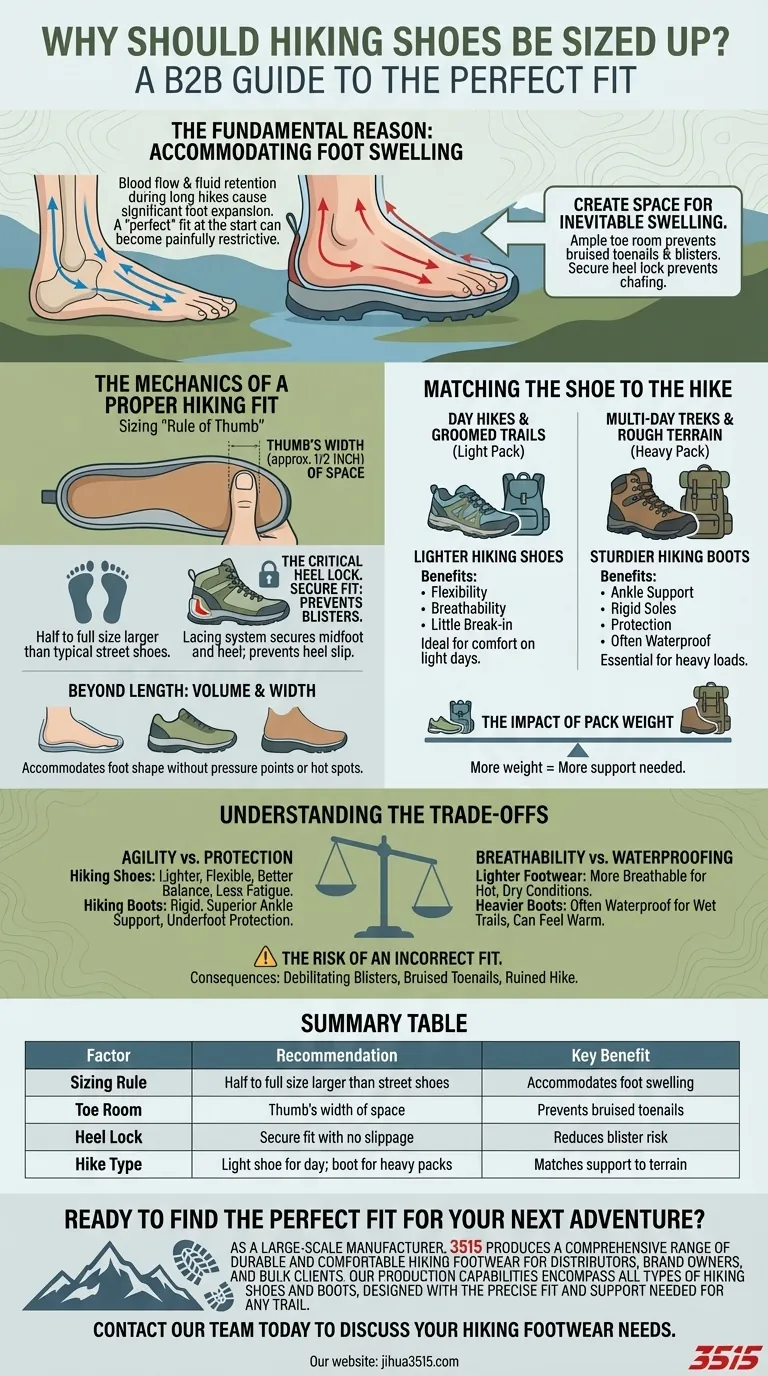
Related Products
- Wholesale Durable Camouflage Canvas Shoes with High-Traction Cleated Rubber Sole
- Premium KPU Athletic Safety Shoes for Wholesale
- Wholesale Training Shoes with Dial Lacing System Custom OEM Manufacturing
- Durable Rubber-Soled Utility Shoes for Wholesale & Custom Brand Manufacturing
- Wholesale Durable Camo Canvas Shoes with High-Traction Rubber Soles
People Also Ask
- What are the properties of canvas as a shoe material? A Guide to Lightweight Comfort & Style
- What are the characteristics of canvas as a shoe material? A Guide to Lightweight, Breathable Footwear
- What are the benefits of using rubber soles on sneakers? Superior Grip, Durability & Comfort
- How have sneaker brands incorporated camouflage patterns? From Military to Streetwear Style
- What are the features of non-slip athletic sneakers? The Ultimate Guide to Traction & Performance
